
what happens if a candidate dies before the us presidential election:If a presidential candidate were to pass away before the 2024 US presidential election, the specific course of action would depend on various factors, including the timing of the candidate’s death and the applicable laws and regulations. Here’s a general overview of what might happen
Ultimately, the specific actions taken would depend on the circumstances and the applicable laws and regulations, with input from election officials, political parties, and potentially the courts.
Table of Contents
•Party Procedures:
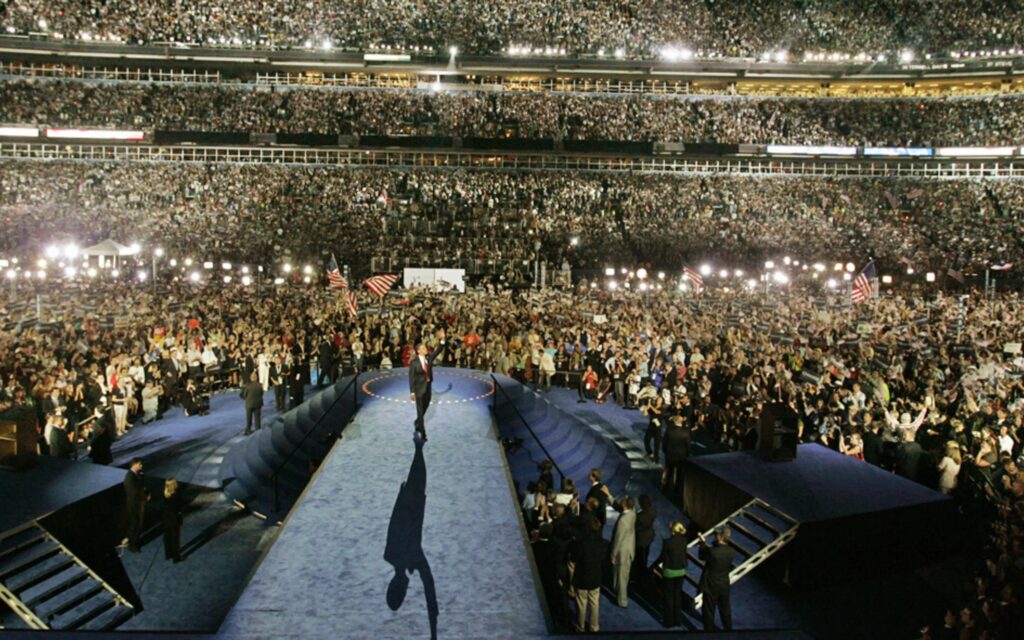
Party procedures for replacing a candidate can vary depending on the rules and bylaws of each political party. Generally, when a presidential candidate dies or becomes incapacitated before an election, the party’s leadership and relevant officials would typically convene to address the situation.
Here’s an outline of the typical steps involved in the party procedures:
1. Notification: The party would first need to confirm the death of the candidate and gather relevant information about the situation.
2. Convening: Party leaders, including members of the national committee, may convene to discuss the situation and determine the next steps. This could involve the national committee, state party leaders, and other relevant stakeholders.
3. Selection Process: The party would initiate a process to select a new presidential candidate to replace the deceased one. This process can vary widely depending on the party’s rules and procedures. It might involve holding a special convention, where delegates representing the party’s members vote on the new candidate. Alternatively, the party’s leadership might have the authority to appoint a replacement candidate.
4. Candidate Nomination: Once a new candidate is selected, the party would formally nominate them as the party’s presidential candidate. This could involve filing paperwork with election authorities and meeting any relevant deadlines for ballot access.
5. Communicating with Voters: The party would need to communicate the change to voters, ensuring they are aware of the new candidate and any updates to the party’s platform or campaign strategy.
6. Legal Considerations: Throughout this process, the party would need to consider any legal requirements and potential challenges related to replacing the candidate on the ballot and ensuring compliance with election laws.
Overall, the party’s procedures would aim to address the unexpected situation of a candidate’s death and ensure that the party can continue its campaign for the presidency in accordance with its rules and applicable laws.
•Ballot Access:
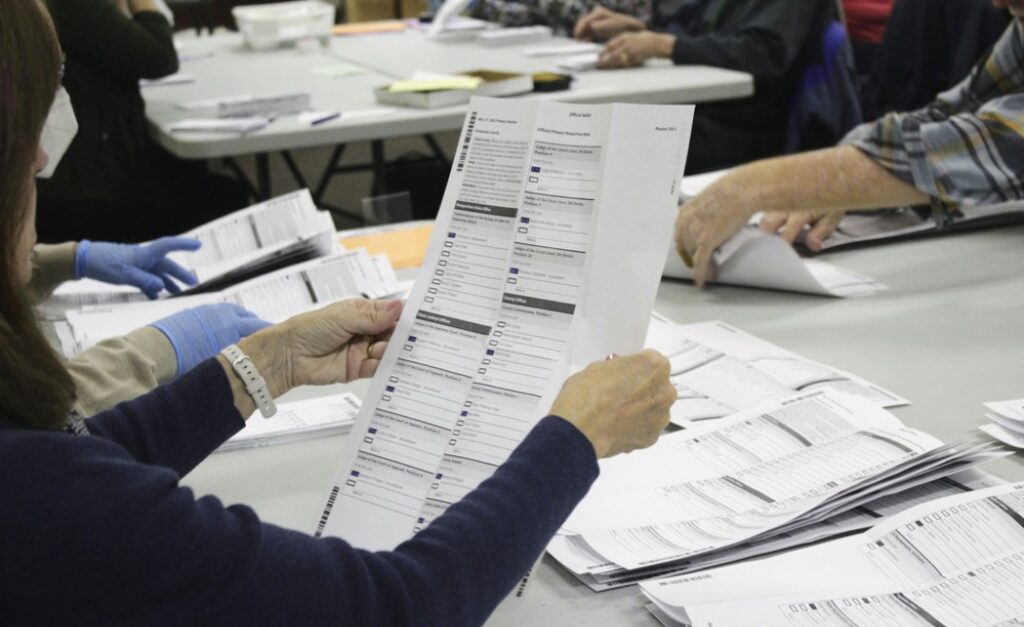
Ballot access refers to the process by which candidates are qualified to appear on the official ballot for an election. When a presidential candidate dies before the election, the procedures for ballot access can vary depending on the timing of the candidate’s death, state laws, and party rules. Here’s how the ballot access process might unfold in such a scenario:
1. Timing of the Candidate’s Death: If the candidate dies before the ballots are finalized and printed, the party may have the opportunity to substitute the deceased candidate’s name with the name of the new candidate chosen to replace them. This could involve following specific procedures outlined by state election laws and party rules.
2. State Laws and Regulations: Each state has its own laws and regulations regarding ballot access and candidate substitution. Some states may allow parties to replace a deceased candidate’s name on the ballot, while others may have more restrictive rules. Parties would need to navigate these state-specific requirements to ensure that the replacement candidate is properly qualified for the ballot.
3. Notification to Election Officials: Parties would need to formally notify election officials of any changes to the ballot, including the substitution of a new candidate for the deceased one. This could involve submitting paperwork and meeting deadlines set by state election authorities.
4. Voter Education: Election officials and political parties would need to communicate any changes to voters to ensure they are aware of the new candidate and any updates to the ballot. This could include updating voter guides, sample ballots, and other election materials to reflect the change.
5. Legal Challenges: The process of replacing a candidate on the ballot could potentially be subject to legal challenges, particularly if there are disputes over the interpretation of state laws or party rules. Parties would need to be prepared to defend their actions in court if necessary.
Overall, the process of ensuring ballot access for a replacement candidate in the event of a candidate’s death would involve navigating state laws, meeting deadlines, and communicating effectively with election officials and voters.
•Voter Education:
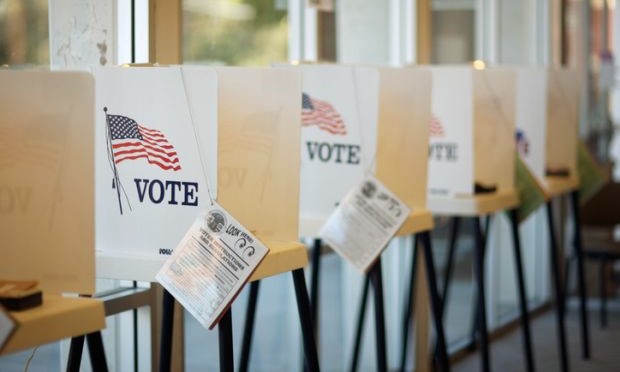
Voter education plays a crucial role in ensuring that voters are informed about the candidates, issues, and processes involved in an election. In the context of a presidential candidate’s death before an election, voter education becomes even more important to inform voters about any changes to the ballot and the candidates running for office. Here’s how voter education might be handled in such a scenario:
1. Notification of Changes: Election officials and political parties would need to promptly notify voters about any changes to the ballot resulting from the candidate’s death. This could include information about the replacement candidate chosen by the party and any updates to the voting process.
2. Public Announcements: Election officials and political parties would likely issue public announcements through various channels, such as press releases, official websites, social media platforms, and traditional media outlets. These announcements would inform voters about the situation and provide guidance on how to vote in light of the changes.
3. Updated Voter Materials: Voter education materials, such as voter guides, sample ballots, and election pamphlets, would need to be updated to reflect the replacement candidate’s information. This ensures that voters have accurate and up-to-date information when making their voting decisions.
4. Candidate Profiles and Debates: Voter education efforts might include providing information about the replacement candidate’s background, qualifications, and policy positions. This could involve candidate profiles on official election websites, candidate forums, and debates where voters can learn more about the candidates and their stances on important issues.
5. Outreach Campaigns: Voter education outreach campaigns could be conducted to reach out to specific demographics or communities to ensure that everyone is aware of the changes to the ballot. This could involve targeted advertising, community events, and partnerships with local organizations to disseminate information to voters.
6. Questions and Assistance: Election officials and political parties would be available to answer questions from voters and provide assistance if needed. This could include setting up helplines, email addresses, and in-person support services to address any concerns or confusion regarding the election process.
Overall, effective voter education efforts would aim to keep voters informed and engaged in the electoral process despite any unexpected changes, such as the death of a candidate, ensuring that they can participate in the election with confidence and understanding.
•Electoral College:
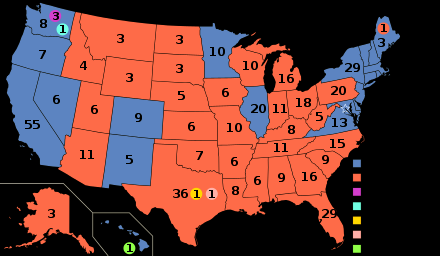
The Electoral College is a crucial component of the United States presidential election process. It consists of a group of electors chosen by each state and the District of Columbia, whose role is to formally elect the President and Vice President of the United States.
Here’s how the Electoral College generally works:
1. Selection of Electors: Each state is allocated a certain number of electors, equal to the combined total of its senators and representatives in Congress. Electors are typically chosen by political parties or nominated by state party committees.
2. Popular Vote: On Election Day, voters in each state cast their ballots for their preferred presidential candidate. The candidate who wins the popular vote in a state usually receives all of that state’s electoral votes, except in Maine and Nebraska, where electoral votes can be split based on congressional district results.
3. Meeting of the Electors: After the popular vote is conducted, the appointed electors from each state meet on a designated day, typically in December following the election, to cast their votes for President and Vice President. This meeting is also called the Electoral College vote and is known by this name.
4. Certification of Results: The electoral votes are then certified and sent to Congress, where they are counted and officially announced in a joint session held in January following the election.
5. 270 Electoral Votes: To win the presidency, a candidate must receive an absolute majority of electoral votes, which is currently 270 out of 538 total electoral votes. If no candidate receives a majority, the House of Representatives selects the President from the top three candidates, with each state delegation having one vote.
The Electoral College system has been subject to debate and criticism over the years, with some arguing that it can lead to outcomes where the winner of the popular vote does not become President, as was the case in the elections of 2000 and 2016. Despite this, the Electoral College remains an integral part of the US presidential election process, as outlined in the US Constitution.
•Legal Challenges:
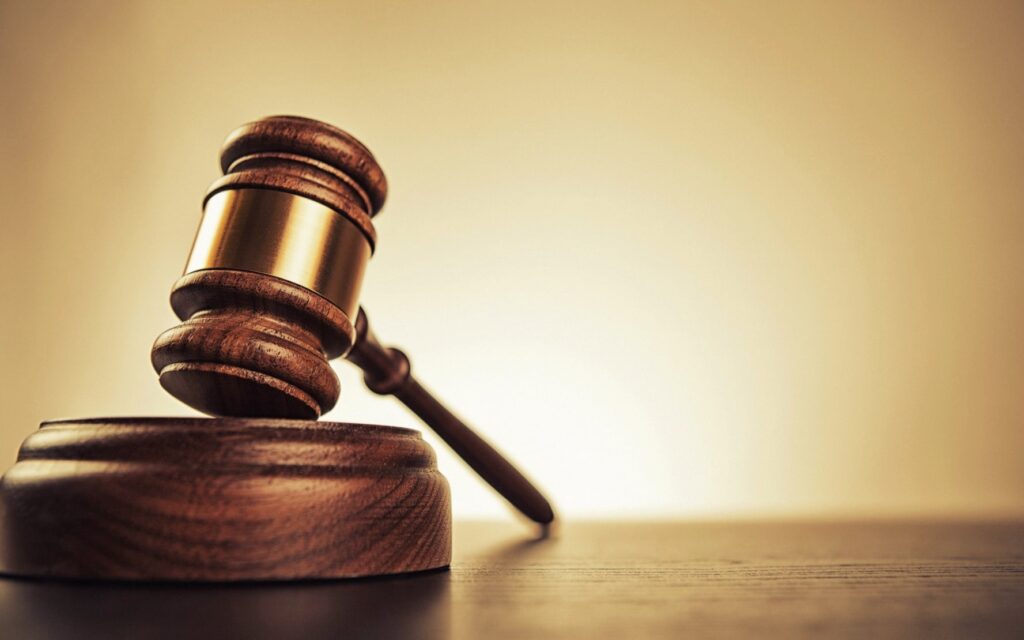
In the event of a presidential candidate’s death before an election, there could be various legal challenges and disputes that arise, particularly regarding the process of replacing the candidate on the ballot and the validity of votes cast. Here are some potential legal challenges that could occur:
1. Ballot Access Lawsuits: If there are disagreements over whether the replacement candidate should be allowed on the ballot, either due to state laws or party rules, legal challenges could arise. This could involve lawsuits filed by the affected party, opposing parties, or individual voters challenging the eligibility of the replacement candidate.
2. Election Procedures: Legal challenges might arise concerning the procedures followed by election officials and political parties in handling the candidate’s death and the selection of a replacement candidate. This could include allegations of procedural irregularities, violations of state election laws, or failure to adhere to party rules.
3. Voter Disputes: Individual voters could potentially file lawsuits challenging the validity of votes cast for the deceased candidate or questioning the legitimacy of the election process in light of the candidate’s death. This could lead to legal battles over the interpretation of election laws and the rights of voters.
4. Electoral College Challenges: If the replacement candidate wins the election but faces resistance from electors or opposition parties, legal challenges could arise regarding the validity of the Electoral College vote or the process for selecting the President.
5. Constitutional Issues: Legal challenges might raise constitutional questions about the presidential succession process, the role of political parties in selecting candidates, or the rights of voters to have meaningful choices in the election.
6. Judicial Review: Ultimately, many of these legal challenges could end up in court, where judges would need to interpret relevant laws and constitutional provisions to resolve disputes and determine the outcome of the election.
Overall, legal challenges in the event of a presidential candidate’s death before an election could significantly impact the electoral process and the legitimacy of the outcome, highlighting the importance of clear laws, transparent procedures, and fair resolution mechanisms.
Conclusion:
In conclusion, the death of a presidential candidate before an election can lead to a complex series of legal and procedural challenges that require careful navigation by political parties, election officials, and the judiciary. Key considerations include the party’s procedures for selecting a replacement candidate, state laws governing ballot access and candidate substitution, and potential legal disputes over the election process and outcome.
Voter education is crucial to ensure that voters are informed about any changes to the ballot and the candidates running for office. Transparency, communication, and adherence to legal requirements are essential to maintaining the integrity of the electoral process and upholding the democratic principles underlying the election.
Ultimately, the resolution of legal challenges in such situations requires a balance between upholding the rule of law, respecting the rights of voters, and ensuring a fair and legitimate outcome for the election. Clear procedures, effective communication, and a commitment to the democratic process are essential to addressing these challenges and preserving the integrity of the electoral system.
I hope you all liked reading the information given by me. To get many such information and every information related to government jobs, schemes, you must stay connected to our WhatsApp and Telegram group, along with this, do not forget to follow our channel.
यह भी पढ़े:Sukanya Samriddhi Yojana:21 साल की उम्र में अपनी लाडली को बनाए करोड़पति, ऐसे करें निवेश
यह भी पढ़े:Pradhanmantri Swanidhi Yojana: इस योजना के तहत पाए बिना गारंटी के लोन ,जानिए इसकी पूरी डिटेल:
यह भी पढ़े:CTET Notice 2024: सीटेट में शामिल होने वाले अब अभ्यर्थियों के लिए जारी हुई नई नोटिस
यह भी पढ़े:RTE UP Admission 2024 Apply Online: मुफ्त में मिलेगा एडमिशन , जल्द ऐसे करें आवेदन:
यह भी पढ़े:लाडली बहना योजना की 12 वीं किस्त:12 वीं किस्त हो रही है रिलीज, ऐसे चेक करें अपना स्टेटस: